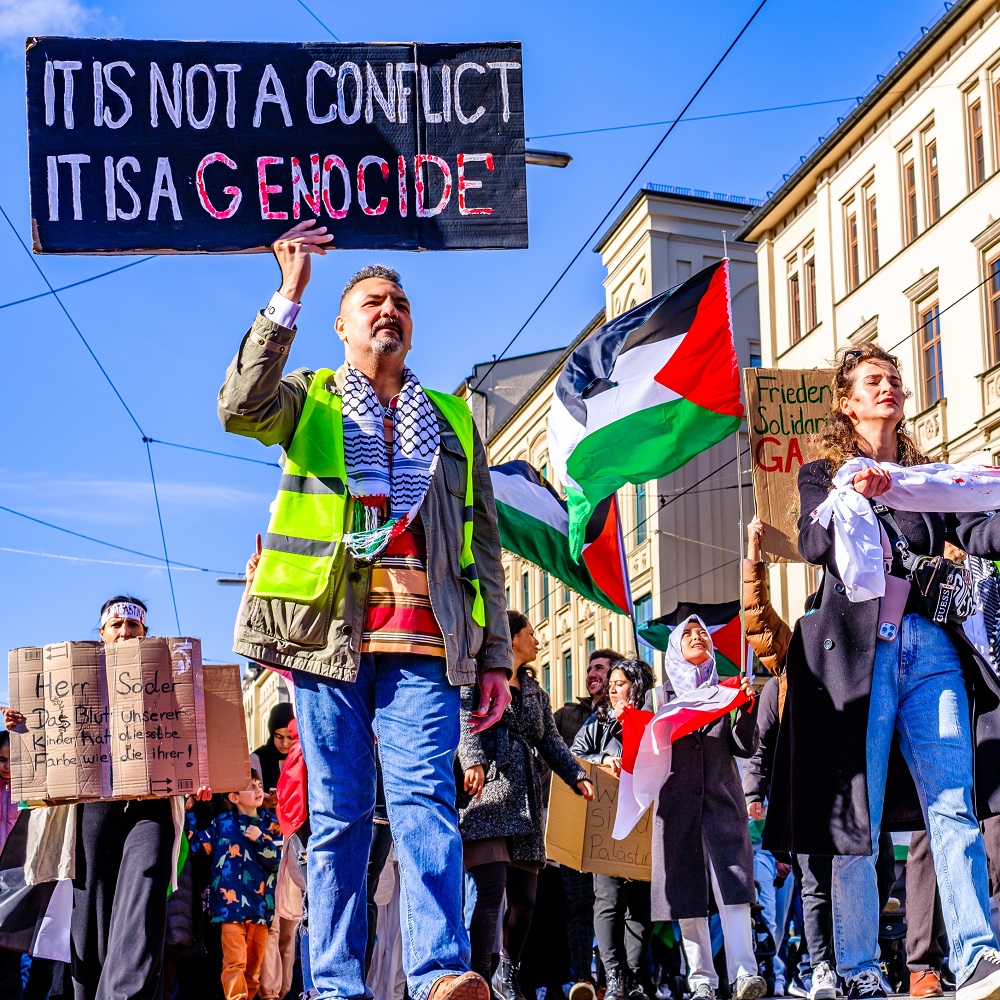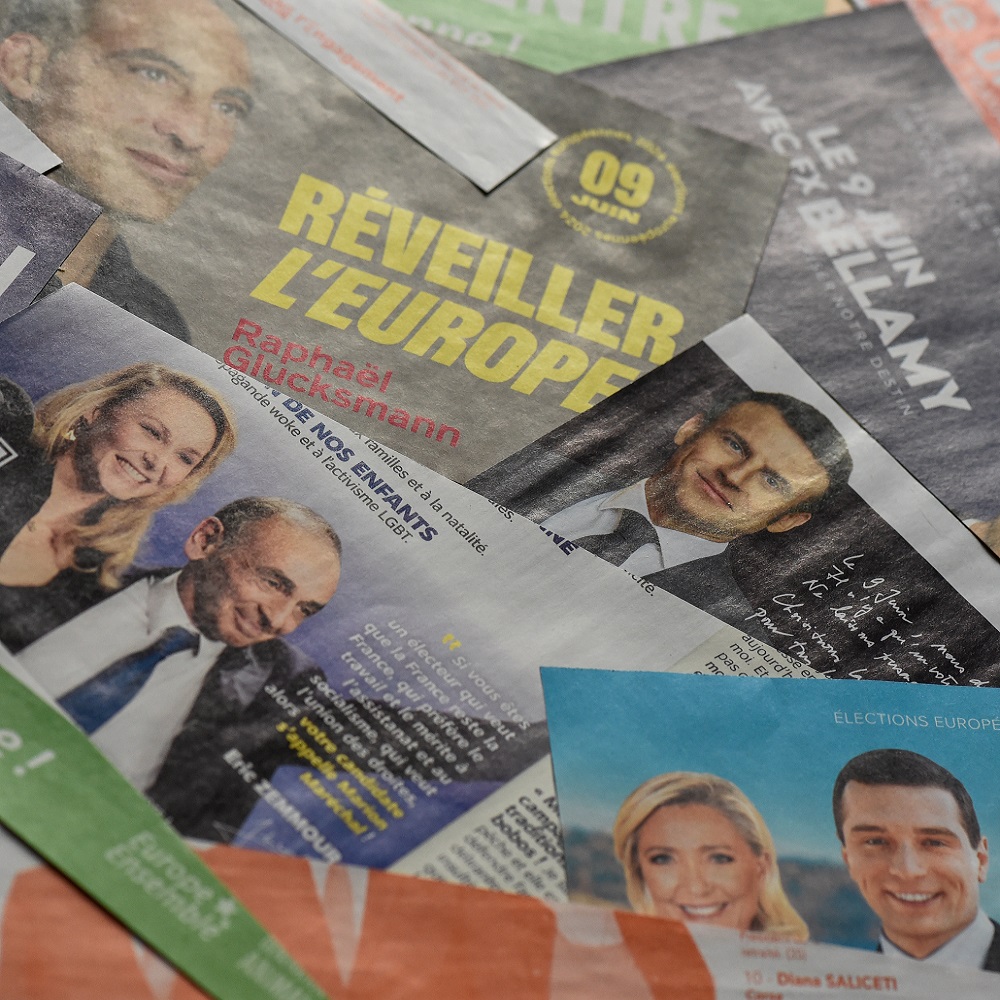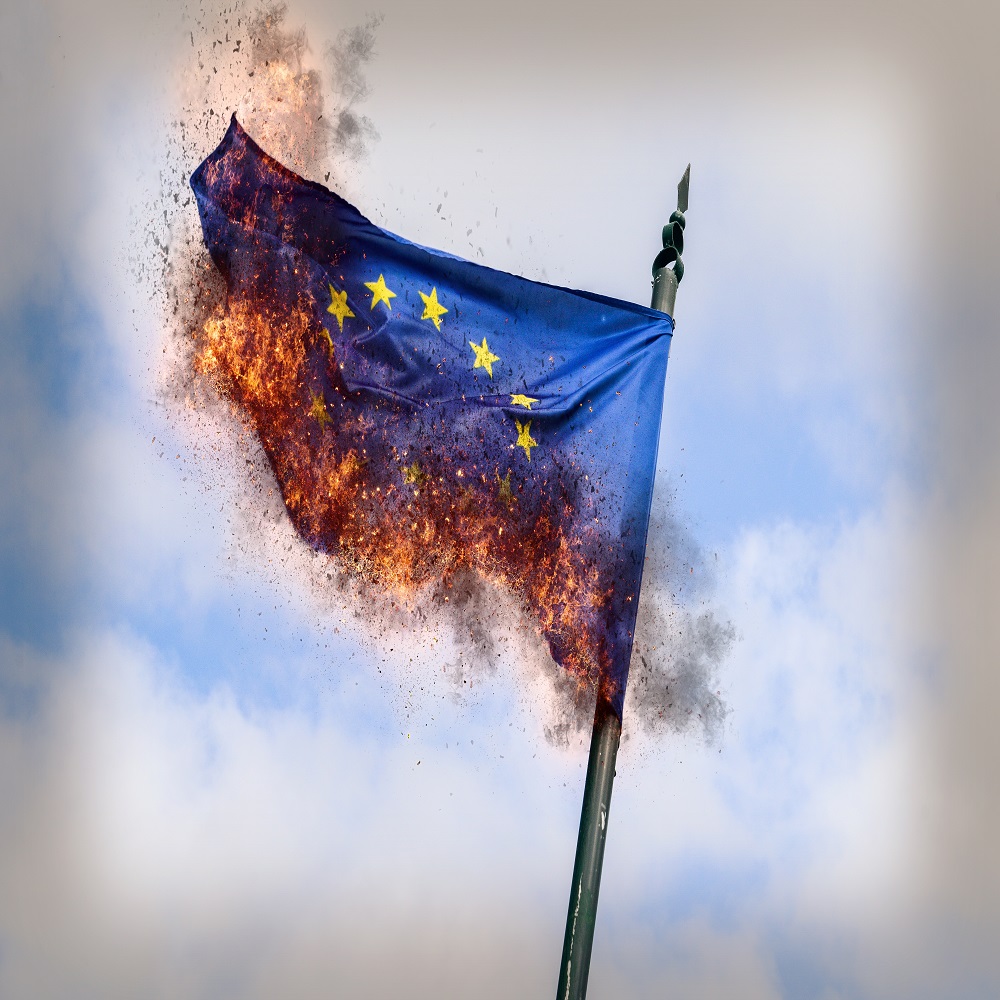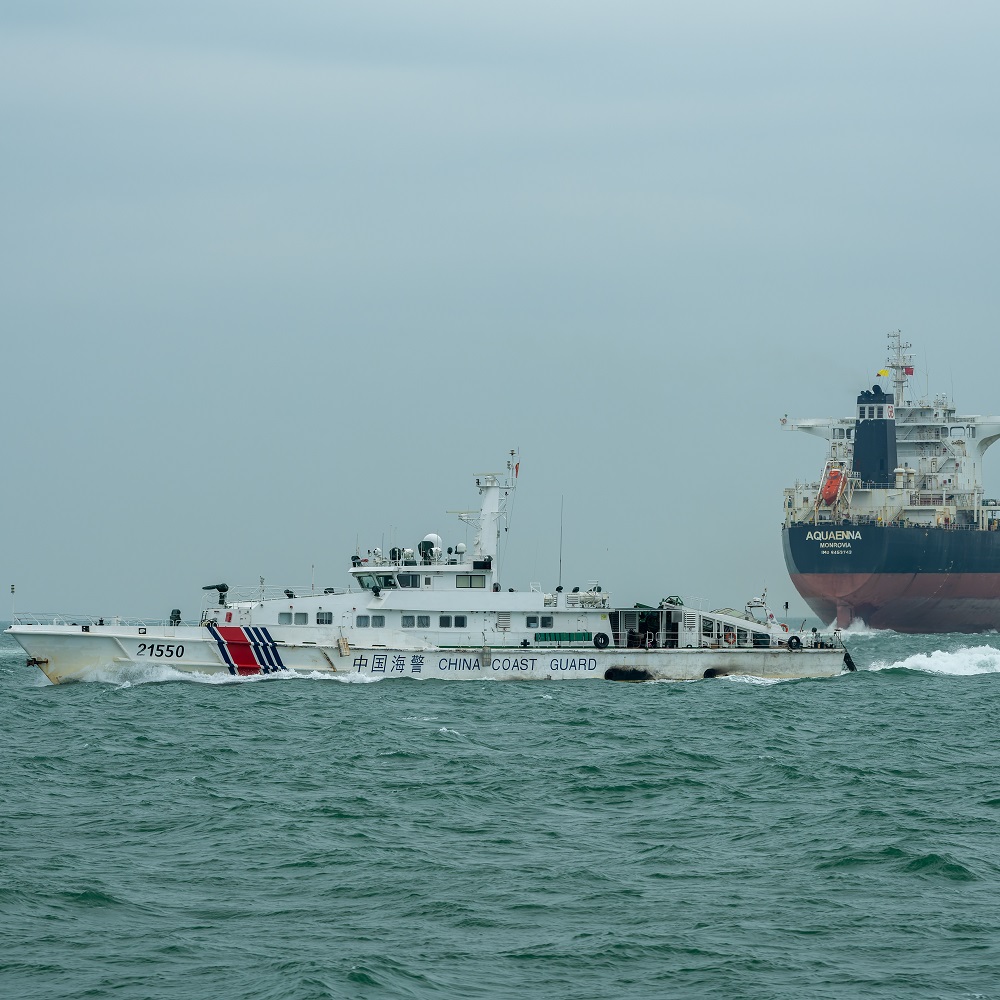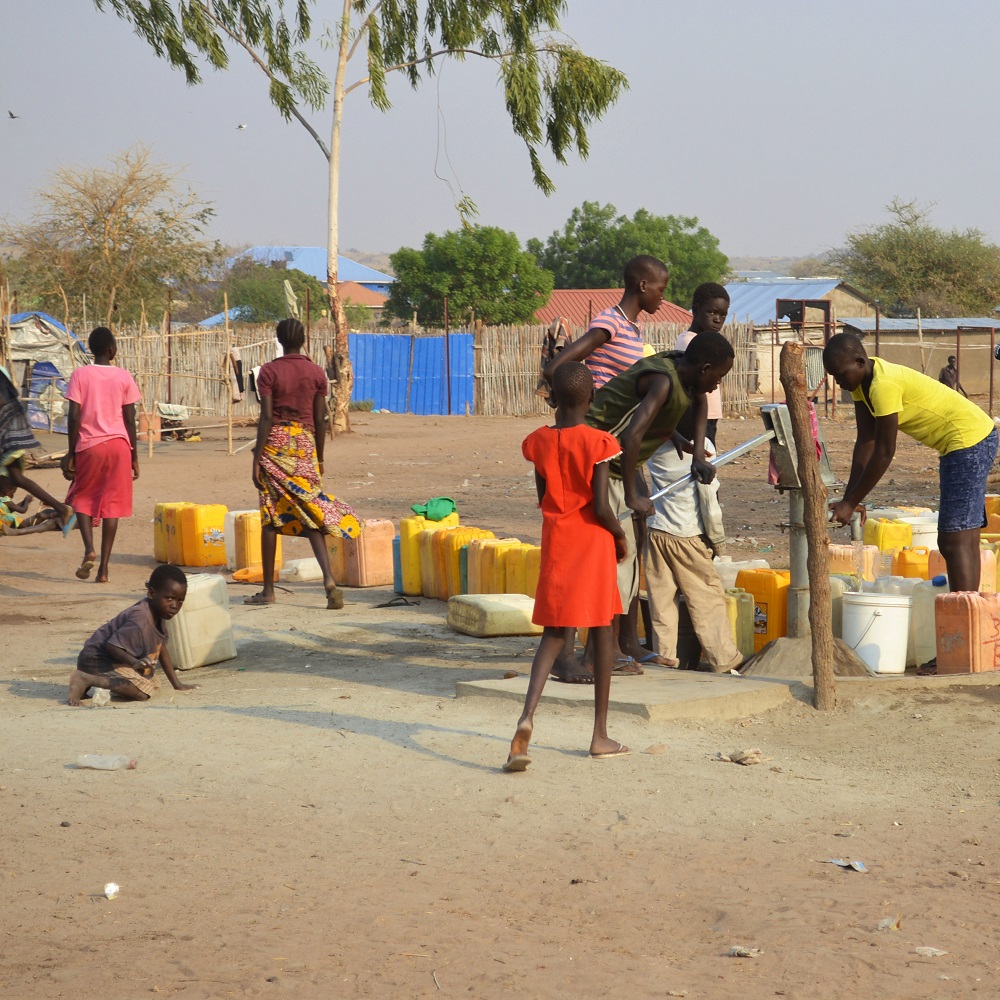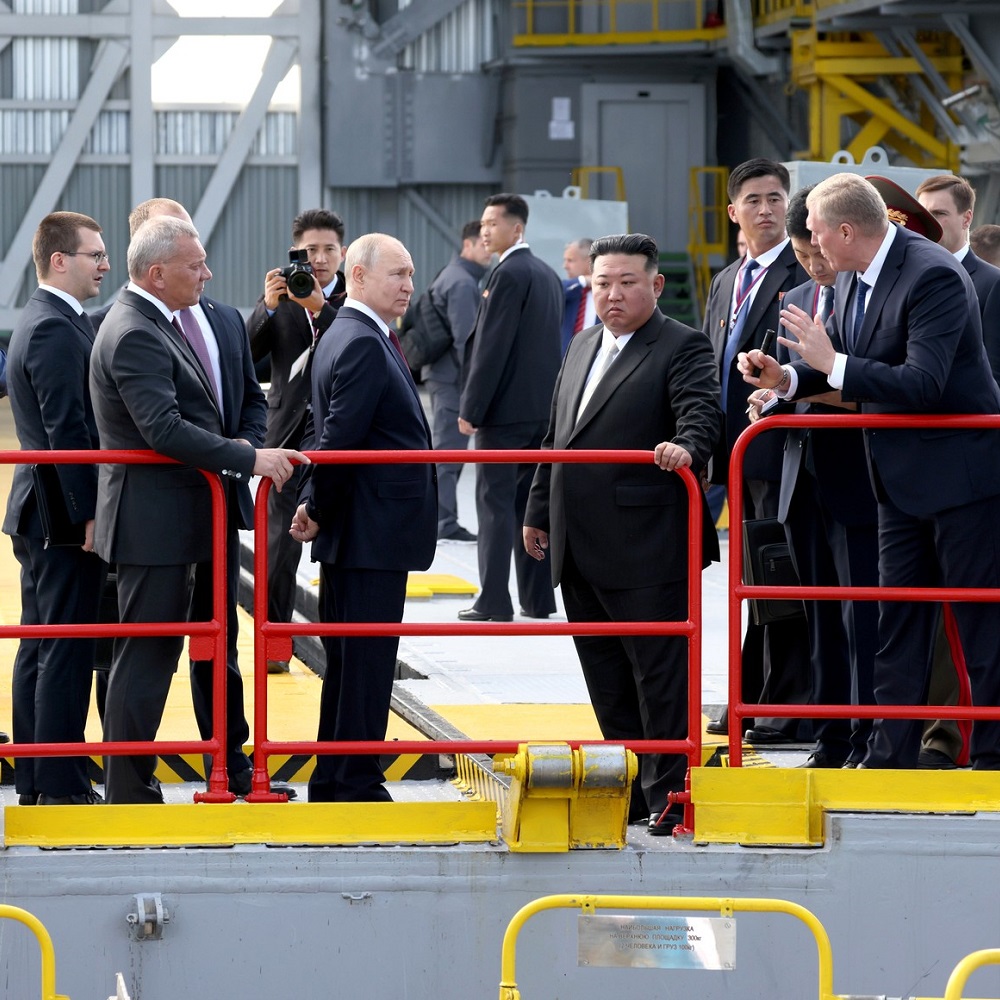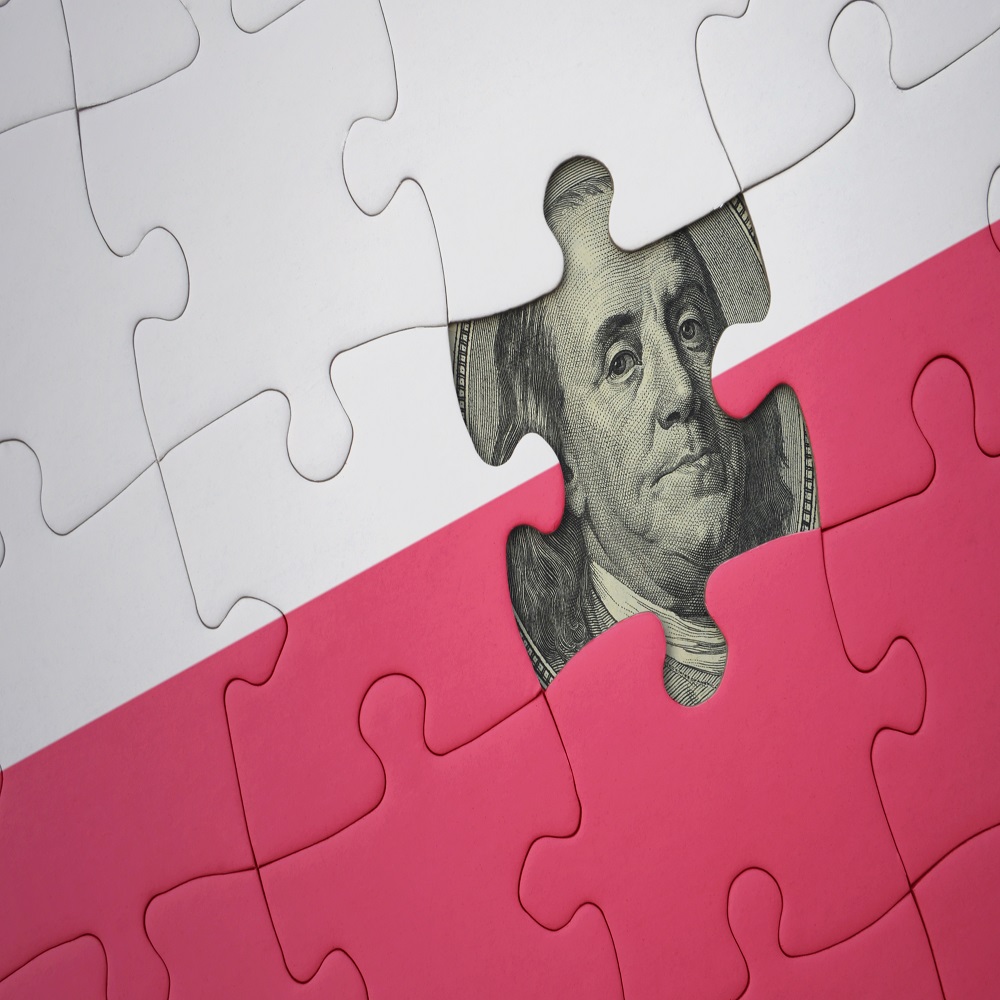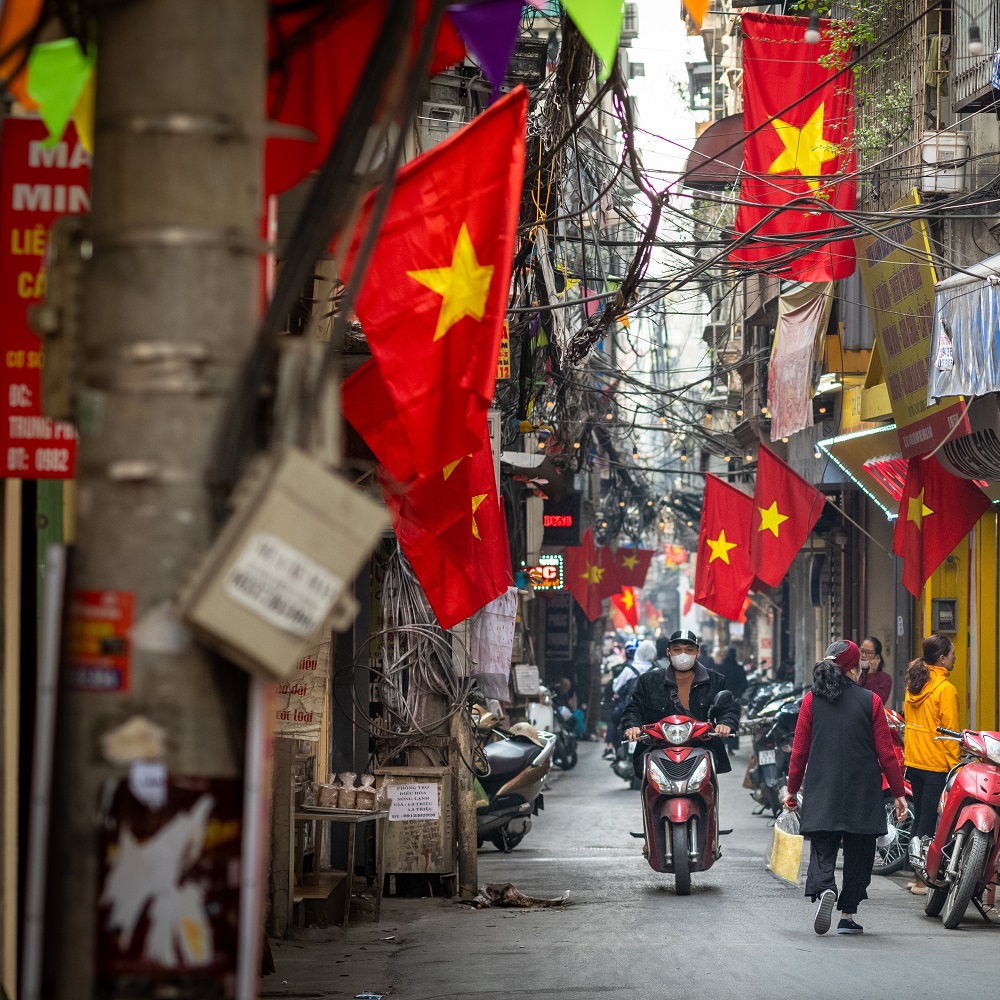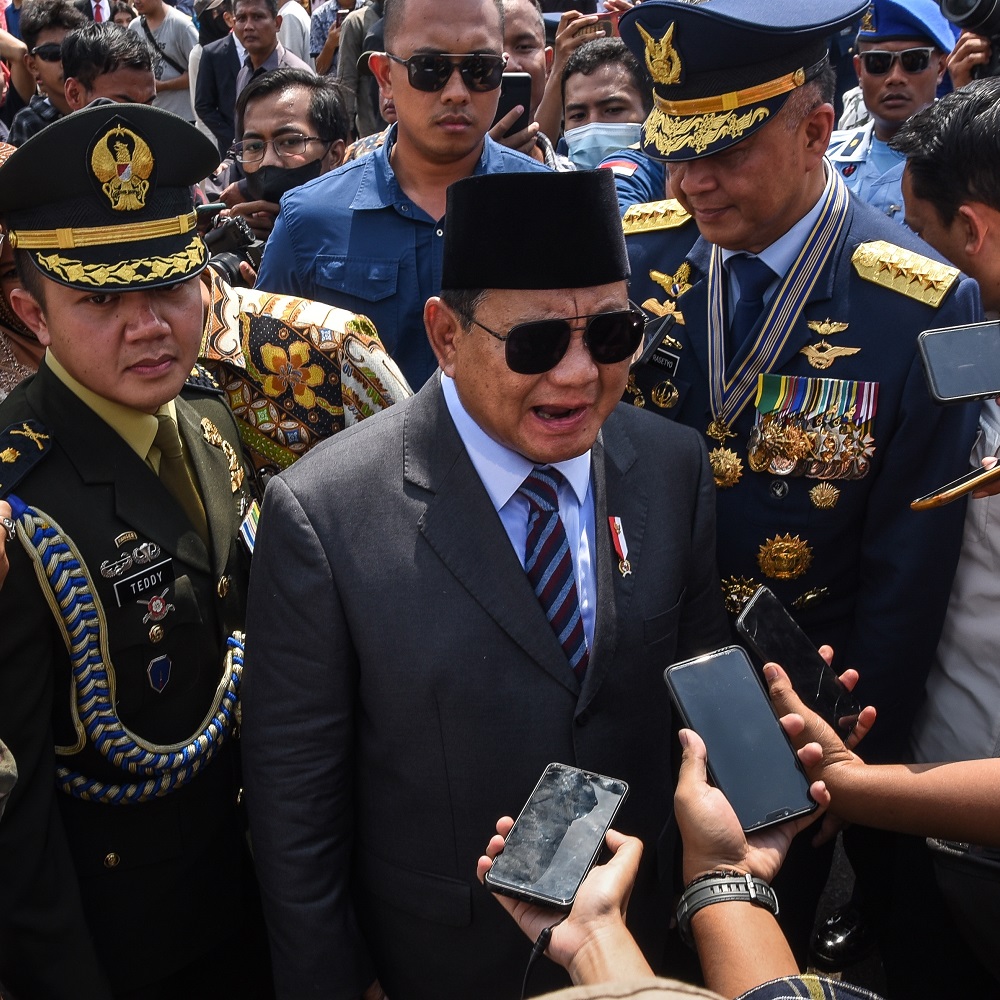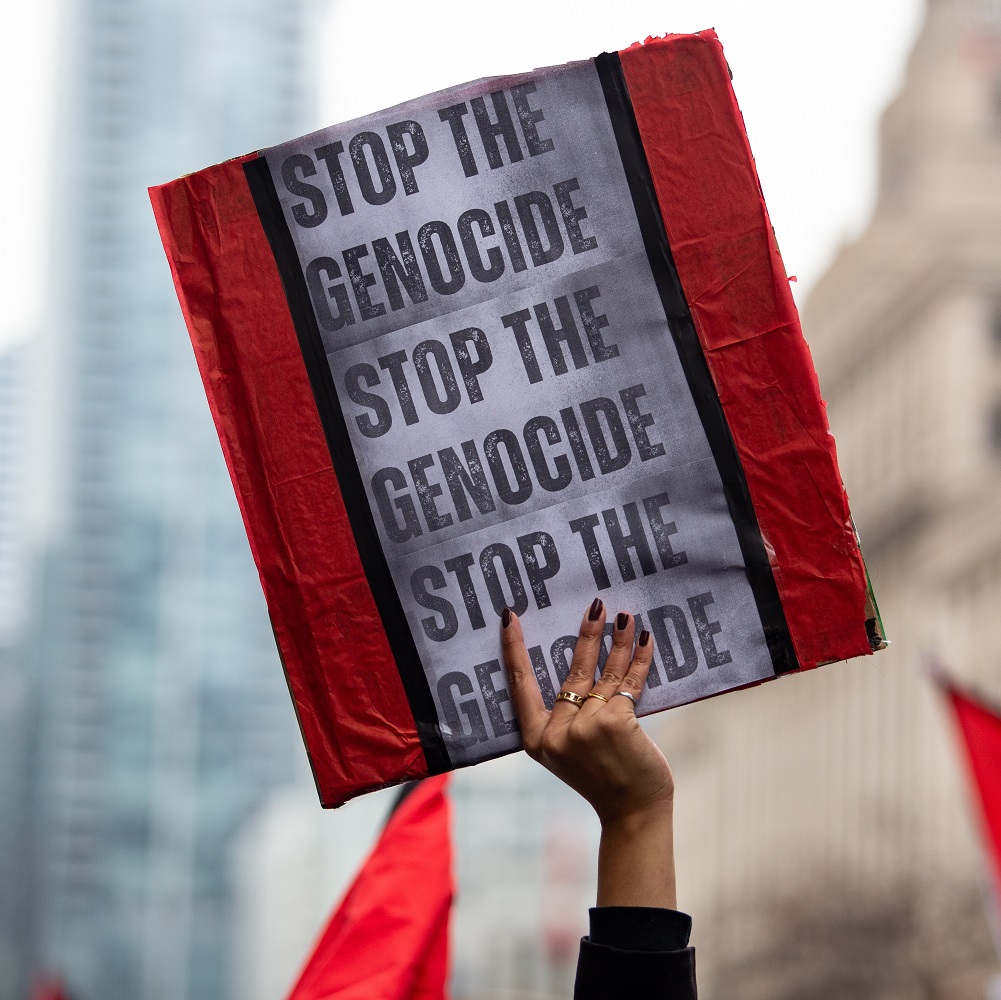
Is the war on Gaza a genocide?
by Amos Goldberg , Sol Salbe (Translation)
한국어로 읽기Leer en españolIn Deutsch lesen Gap اقرأ بالعربيةLire en françaisЧитать на русском From Namibia to Armenia, and from Rwanda to Bosnia, the perpetrators of mass murder said they were acting in self-defense. Yes, it is genocide. It is so difficult and painful to admit it, but despite all that, and despite all our efforts to think otherwise, after six months of brutal war we can no longer avoid this conclusion. Jewish history will henceforth be stained with the mark of Cain for the “most horrible of crimes,” which cannot be erased from its forehead. As such, this is the way it will be viewed in history’s judgment for generations to come. From a legal point of view, there is still no telling what the International Court of Justice in The Hague will decide, although in light of its temporary rulings so far and in light of increasing prevalence of reports by jurists, international organizations, and investigative journalists, the trajectory of the prospective judgment seems quite clear. As early as January 26, the ICJ ruled overwhelmingly (14-2) that Israel may be committing genocide in Gaza. On March 28, following Israel’s deliberate starvation of the Gazan populace in Gaza, the court issued additional orders (this time by a vote of 15-1, with the only dissent coming from Israeli Judge Aharon Barak) calling on Israel not to deny Palestinians their rights which are protected under the Genocide Convention. The well-argued and well-reasoned report by the UN special rapporteur on the human tights situation in the occupied Palestinian territories, Francesca Albanese, reached a slightly more determined conclusion and is another layer in establishing the understanding that Israel is indeed committing genocide. Israeli academic Dr. Lee Mordechai’s detailed and periodically updated report (which collects information on the level of Israeli violence in Gaza), reached the same conclusion. Leading academics such as Jeffrey Sachs, a professor of economics at Columbia University (and a Jew with a warm attitude toward traditional Zionism), with whom heads of state all over the world regularly consult on international issues, speak of the Israeli genocide as something taken for granted. Excellent investigative reports such as those of Yuval Abraham in Local Call, and especially his recent investigation of the artificial intelligence systems used by the military in selecting targets and carrying out the assassinations, further deepen this accusation. The fact that the military allowed, for example, the killing of 300 innocent people and the destruction of an entire residential quarter in order to take out one Hamas brigade commander shows that military targets are almost incidental to killing civilians and that every Palestinian in Gaza is a target for killing. This is the logic of genocide. Yes, I know, they are all anti-Semites or self-hating Jews. Only we, Israelis, whose minds are fed by the IDF spokesperson’s announcements and exposed only to the images sifted for us by the Israeli media, see reality as it is. As if interminable literature had not been written about the social and cultural denial mechanisms of societies committing serious war crimes. Israel is really a paradigmatic case of such societies, a case that will still be taught in every university seminar in the world dealing with the subject. It will be several years before the court in The Hague will hand down its verdict, but we must not look at the catastrophic situation purely through legal lenses. What is happening in Gaza is genocide because the level and pace of indiscriminate killing, destruction, mass expulsions, displacement, famine, executions, the wiping out of cultural and religious institutions, the crushing of elites (including the killing of journalists), and the sweeping dehumanization of the Palestinians, create an overall picture of genocide, of a deliberate conscious crushing of Palestinian existence in Gaza. In the way we normally understand such concepts, Palestinian Gaza as a geographical-political-cultural-human complex no longer exists. Genocide is the deliberate annihilation of a collective or part of it—not all of its individuals. And that’s what’s happening in Gaza. The result is undoubtedly genocide. The numerous declarations of extermination by senior Israeli government officials, and the general exterminating tone of the public discourse, rightly pointed out by Haaretz columnist Carolina Landsman, indicate that this was also the intention. Israelis mistakenly think that a genocide, to be viewed as such, needs to look like the Holocaust. They imagine trains, gas chambers, crematoria, killing pits, concentration and extermination camps, and the systematic persecution to death of all members of the group of victims to the last one. An occurrence like this has indeed not taken place in Gaza. In a similar way to what happened in the Holocaust, most Israelis also imagine that the victim’s collective is not involved in violent activity or actual conflict, and that the murderers exterminate them because of an insane senseless ideology. This is also not the case with Gaza. The brutal Hamas attack of October 7 was a heinous, terrible crime. Some 1,200 people were killed or murdered, including more than 850 Israeli (and foreign) civilians, including many children and the elderly. Some 240 live Israelis were abducted to Gaza, and atrocities such as rape were committed. This is an event with profound, catastrophic, and lasting traumatic effects for many years, certainly for the direct victims and their immediate circle, but also for Israeli society as a whole. The attack forced Israel to respond in self-defense. However, although each case of genocide has a different character, in the scope and features of the murder, the common denominator of most of them is that they were carried through out of an authentic sense of self-defense. Legally, an event cannot be both self-defense and genocide. These two legal categories are mutually exclusive. But historically, self-defense is not incompatible with genocide—it is usually one of its main causes, if not the main one. In Srebrenica—where the International Criminal Tribunal for the former Yugoslavia determined on two different levels that a genocide took place in July 1995—“only” about 8,000 Bosnian Muslim men and youths, over the age of 16, were murdered. The women and children had been expelled earlier. The Bosnian Serb forces were responsible for the murder, their offensive took place amid a bloody civil war, during which both sides committed war crimes (albeit immeasurably more by the Serbs) and which erupted following a unilateral decision by the Bosnian Croats and Muslims to break away from Yugoslavia and establish an independent Bosnian state (in which the Serbs were a minority). Bosnian Serbs, with bleak past memories of persecution and murder from World War II, felt threatened. The complexity of the conflict, in which neither side was innocent, did not prevent the ICC from recognizing the Srebrenica massacre as an act of genocide, which exceeded the other war crimes committed by the parties, since these crimes cannot justify genocide. The court explained that the Serbian forces intentionally destroyed—through murder, expulsion, and destruction—Bosnian Muslim existence in Srebrenica. Today, by the way, Bosnian Muslims live there again, and some of the mosques that were destroyed have been reinstated. But the genocide continues to haunt the descendants of murderers and victims alike. The case of Rwanda was totally different. There, for a long time, as part of the Belgian colonial control structure based on divide and rule, the Tutsi minority group ruled, and it oppressed the Hutu majority group. However, in the 1960s the situation was reversed, and upon independence from Belgium in 1962, the Hutu took control of the country and adopted an oppressive and discriminatory policy against the Tutsi, this time with the support of the former colonial powers. Gradually, this policy became intolerable, and a brutal bloody civil war broke out in 1990, beginning with the invasion of a Tutsi army, the Rwanda Patriotic Front, consisting mainly of Tutsi who fled Rwanda after the fall of colonial rule. As a result, in the eyes of the Hutu regime, the Tutsi became collectively identified with an actual military enemy. During the war, both sides committed serious crimes on Rwandan soil, as well as on the soil of neighboring countries to which the war spilled over. Neither side was absolutely innocent or absolutely evil. The civil war ended with the Arusha Accords, signed in 1993, which were supposed to involve Tutsi people in government institutions, the army, and state structures. But these agreements collapsed, and in April 1994, a plane carrying Rwanda’s Hutu president, Juvénal Habyarimana, was shot down. To this day, it is not known who shot down the plane, and it is believed that they were, in fact, Hutu fighters. However, the Hutu were convinced that the crime had been committed by Tutsi resistance fighters, and this was perceived as a genuine threat to the country. The Tutsi genocide was on its way. The official rationale for the act of genocide was the need to remove the Tutsi existential threat once and for all. The case of the Rohingya, which the Biden administration recently recognized as genocide, is very different again. Initially, after Myanmar (formerly Burma) won independence in 1948, the Muslim Rohingya were seen as equal citizens and part of the mostly Buddhist national entity. But over the years, and especially after the establishment of the military dictatorship in 1962, Burmese nationalism was identified with several dominant ethnic groups (who were mainly Buddhist), excluding the Rohingya. In 1982 and thereafter, citizenship laws were enacted, stripping most Rohingya of their citizenship and their rights. They were viewed as foreigners and as a threat to the existence of the state. The Rohingya, among whom there have been small rebel groups in the past, made an effort not to be dragged into violent resistance. By 2016, however, many felt they could not prevent their disenfranchisement, repression, subjection to state and mob violence, as well as their gradual expulsion, and an underground Rohingya movement started attacking Myanmar police stations. The reaction was brutal. Raids by Myanmar’s security forces expelled most Rohingya from their villages, many were massacred, and their villages completely obliterated. When in March 2022 Secretary of State Antony Blinken read out a statement at the Holocaust Museum in Washington acknowledging that what was done to Rohingya was genocide, he said that in 2016 and 2017, about 850,000 Rohingya were deported to Bangladesh and about 9,000 of them were murdered. This was enough to recognize what was done to Rohingya as the eighth such an occurrence that the United States views as a genocide apart from the Holocaust. The Rohingya case reminds us of what many genocide scholars have established in terms of research, and is very relevant to the case of Gaza: a link between ethnic cleansing and genocide. The connection between the two phenomena is twofold, and both are relevant to Gaza, where the vast majority of the population was expelled from their places of residence, and only Egypt’s refusal to absorb masses of Palestinians on its territory prevented them from leaving Gaza. On the one hand, ethnic cleansing signals the willingness to eliminate the enemy group at any cost and without compromise, and therefore easily slips into genocide or is part of it. On the other hand, ethnic cleansing usually creates conditions (e.g. disease and famine) that enable or cause the partial or complete extermination of the group of victims. In the case of Gaza, the “safe haven zones” have often become death traps and deliberate extermination zones, and in these refuges, Israel deliberately starves out the population. For this reason, there are quite a few commentators who believe that ethnic cleansing is the goal of the fighting in Gaza. The genocide of Armenians during World War I also had a context. During the declining years of the Ottoman Empire, Armenians developed their own national identity and demanded self-determination. Their different religious and ethnic character, as well as their strategic location on the border between the Ottoman and Russian empires, made them a dangerous population in the eyes of the Ottoman authorities. Horrific outbreaks of violence against the Armenians occurred as early as the end of the 19th century, and therefore some Armenians were indeed sympathetic to the Russians and saw them as potential liberators. Small Armenian-Russian groups even collaborated with the Russian army against the Turks, calling on their brethren across the border to join them, which led to an intensification of the sense of an existential threat in the eyes of the Ottoman regime. This sense of a threat, which developed during a deep crisis of the empire, was a major factor in the development of the Armenian Genocide, which also began a process of expulsion. The first genocide of the 20th century was also executed out of a concept of self-defense by the German settlers against the Herero and Nama people in South West Africa (present-day Namibia). As a result of the severe repression by the German settlers, the locals rebelled and in a brutal attack murdered some 123 (perhaps more) unarmed men. The sense of threat in the small settler community, which numbered only a few thousand, was real, and Germany feared that it had lost its deterrence vis-à-vis the natives. The response was in accordance with the perceived threat. Germany sent an army led by an unrestrained commander, and there, too, out of a sense of self-defense, most of these tribesmen were murdered between 1904 and 1908. Some by direct killing, some under conditions of hunger and thirst forced on them by the Germans (again by deportation, this time to the Omaka desert), and some in cruel internment and labor camps. Similar processes occurred during the expulsion and extermination of indigenous peoples in North America, especially during the 19th century. In all these cases, the perpetrators of the genocide felt an existential threat, more or less justified, and the genocide came in response. The destruction of the collective of victims was not contrary to an act of self-defense but from an authentic motive of self-defense. In 2011, I had a short article published in Haaretz about the genocide in South West Africa, concluding with the following words: “We can learn from the Herero and Nama genocide how colonial domination, based on a sense of cultural and racial superiority, can spill over, in the face of local rebellion, into horrific crimes such as mass expulsion, ethnic cleansing and genocide. The case of the Herero rebellion should serve as a horrifying warning sign for us here in Israel, which has already known one Nakba in its history.”









